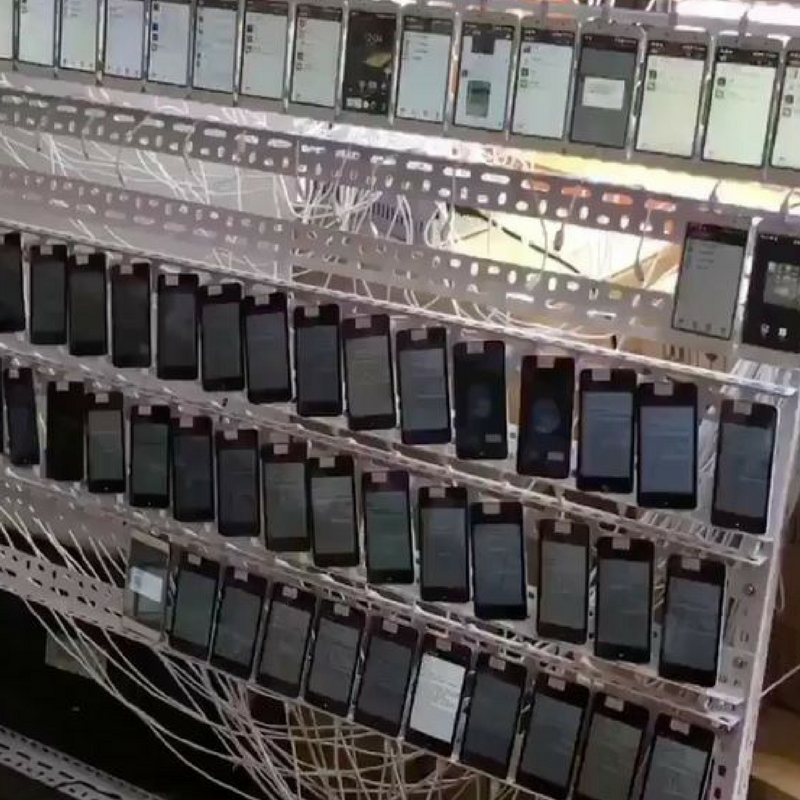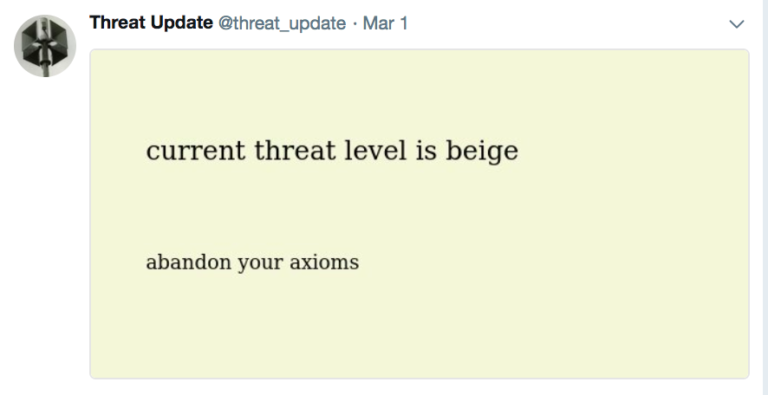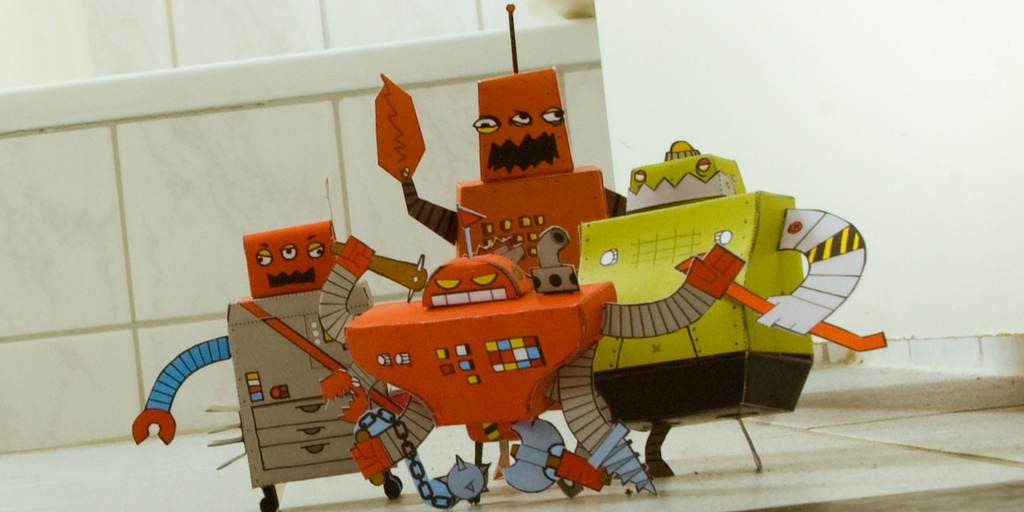Bots, bots, bots, here a bot, there a bot, everywhere a bot! — we keeping hearing about how Russian bots flooding our social media. But what is a bot really?
The short answer is this:

Bots are automated social media accounts — thousands of accounts run on thousands of phones controlled by a few people on a keyboard. They are not new to the social media scene.
They were originally created to game social media marketing. These arrays of phones were called click farms. Their services have been available for social media marketing almost since the inception of social media. Anyone could buy the services of a click farm. For a few dollars you can buy followers, likes, reviews for your product, and buzz – for example, studios used them to create online buzz about an opening movie.
With just a few key strokes the bot puppeteer can flood a social media platform with posts to drown out real people and create the appearance of a conversation that is completely fabricated.
How to Spot a Bot
The next question is how do you spot a bot online?
Since bots are banks of cell phones they can’t grab a selfie for a profile picture. Instead they steal, steal, steal. They steal pictures from stock photo sites, they steal real people’s profile pictures, they steal celebrities’ pictures, they steal pictures of people’s kids, they steal logos of sports teams. And then there are the lazy bots who don’t bother to change their profile picture at all.
Bots are digital paper dolls and the Digital Forensics Lab gives great explanation of how bot-makers dress up their bots.
Another sign you’ve got a bot is the user name. It’s a great deal of work to name thousands of bundles of bot joy. These days Russian bots are exhibiting a pattern of what they think is an American sounding name followed by 8 digits. @bill32746067 is probably a bot.
Often they are created to target a particular event in the news. An account named @jen23759737 with honey pot profile picture created in February 2018 tweeting heavily about Parkland is probably a bot.
Another indicator of a bot is they tweet at super human rates – because well, they aren’t human. They tweet thousands and thousands of tweets 24 hours a day. Even the biggest social media junkies sleep sometimes.
What’s Being Done About the Bots?
So far not much. Twitter has the ability to identify the bots. Despite users complaining that they do something about them from back in the days when they were a mere marketing annoyance, the company has not made any significant moves to deal with the problem
Many people speculate if they got rid of the bots their user count would drop drastically. User count is one of the metrics of success for a digital platform. At this point the bots on Twitter are fooling no one about their user count.
Often their English is strange. Syntax will be off.
In mid February Twitter did lock thousands of suspected Russian bot accounts. They didn’t delete the accounts. They forced the users to log back in. While this created an inconvenience for the bot puppeteers it is hardly a solution.
At this writing Twitter does not even have an option to report an account as a suspected bot. Users report and block bots as under the other options – posting spam, violence, targeted harassment, hate speech – as appropriate.
If you are on twitter two accounts that analyze and out bots are @josh_emerson and @conspirator0.
How Is Russia Using Bots?
Putin’s agents use bots in primarily two ways. One – in much the same way bots have always been used on social media – to create buzz, to make it appear as if many, many people are talking about a particular topic and are talking about it in a particular way. If you want to watch the narratives Putin’s bots and trolls are pushing visit Hamilton 68. This dashboard tracks the activity of hundreds of known Russian agent accounts on Twitter and creates graphs of their top talking points. It can seem confusing at first. A good way to start is just to look at “Top Hashtags” and “Top URLs”. The hashtags identify the talking points. The URLs identify the websites they are promoting.
Putin’s primary goal in his active measures against the Unites States is to create division. His bots jump into both sides of online conversations with the express intent to provoke anger and hatred. If @Mike67493702 came out of no where calling you vile names, he’s probably a bot. Do not respond. Report and block.
Not All Bots Are Evil
All that said, not all bots are evil. Automated Twitter accounts are a tool. Tools are not inherently evil. A hammer can be used to build or to destroy. There are some useful bots. There are Twitter bots that report traffic conditions. There are bots designed for humor. One of my favorites is Threat Update which satirizes threat warning systems by pairing absurd colors with absurd warnings.

Learn More About Bots:
Daily Mirror: Visit to a Click Farm – See what a click farm office looks like
New York Times: The Follower Factory – An explanation of how fake followers are purchased and an exposé of high-profile people who purchased fake followers
DFRLab: How Bot-Makers Decorate Bots – Examples of the different styles of bot profiles with many examples

